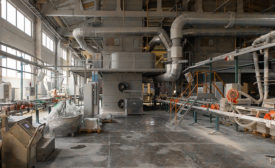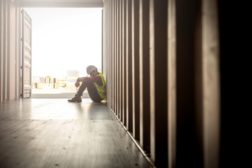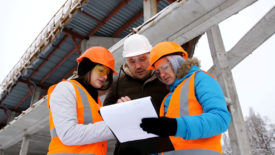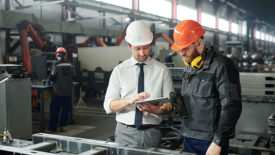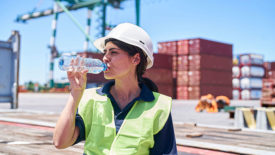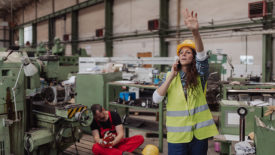Workplace Health
Best Practices
Survey on work-related exposure in EU to be published this year
Read More
Best Practices
Many OHS pros are being kept out of the loop with ADA management
December 13, 2022
Cover Feature
Let’s look at cold weather PPE from the human body’s perspective
December 13, 2022
Never miss the latest news and trends driving the safety industry
eNewsletter | Website | eMagazine
JOIN TODAYCopyright ©2024. All Rights Reserved BNP Media.
Design, CMS, Hosting & Web Development :: ePublishing




